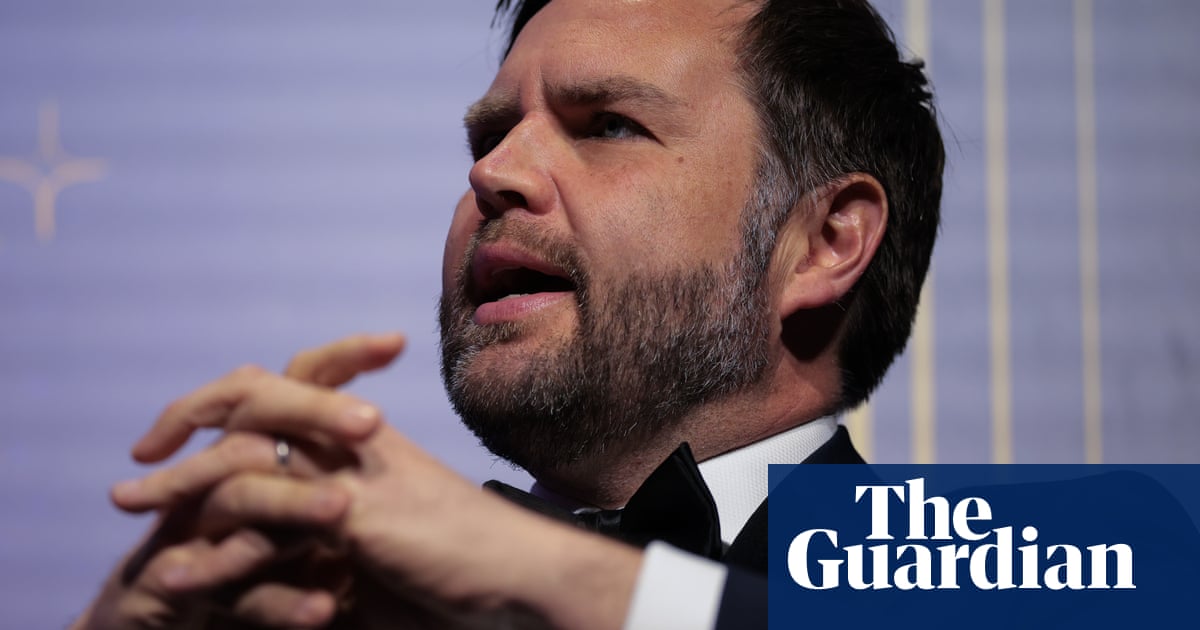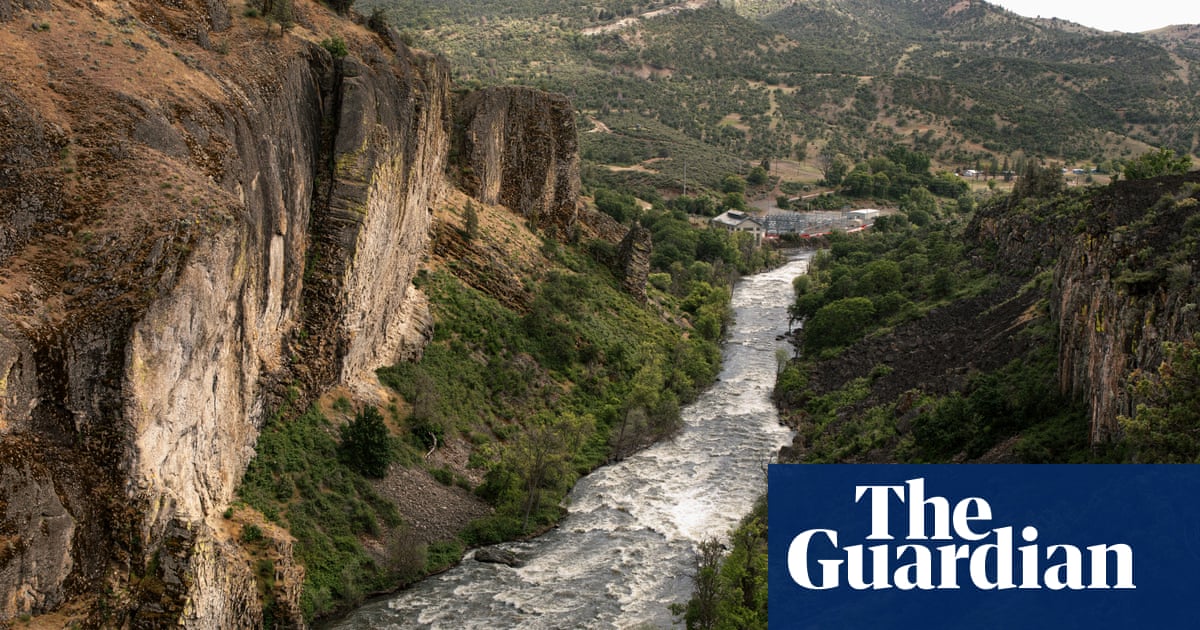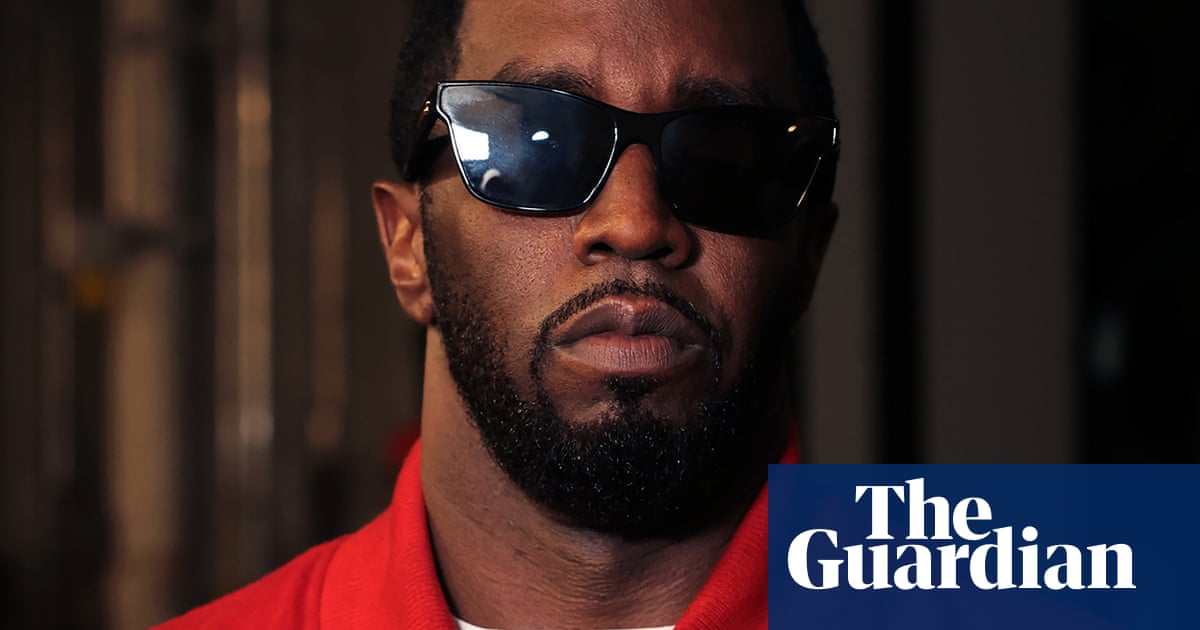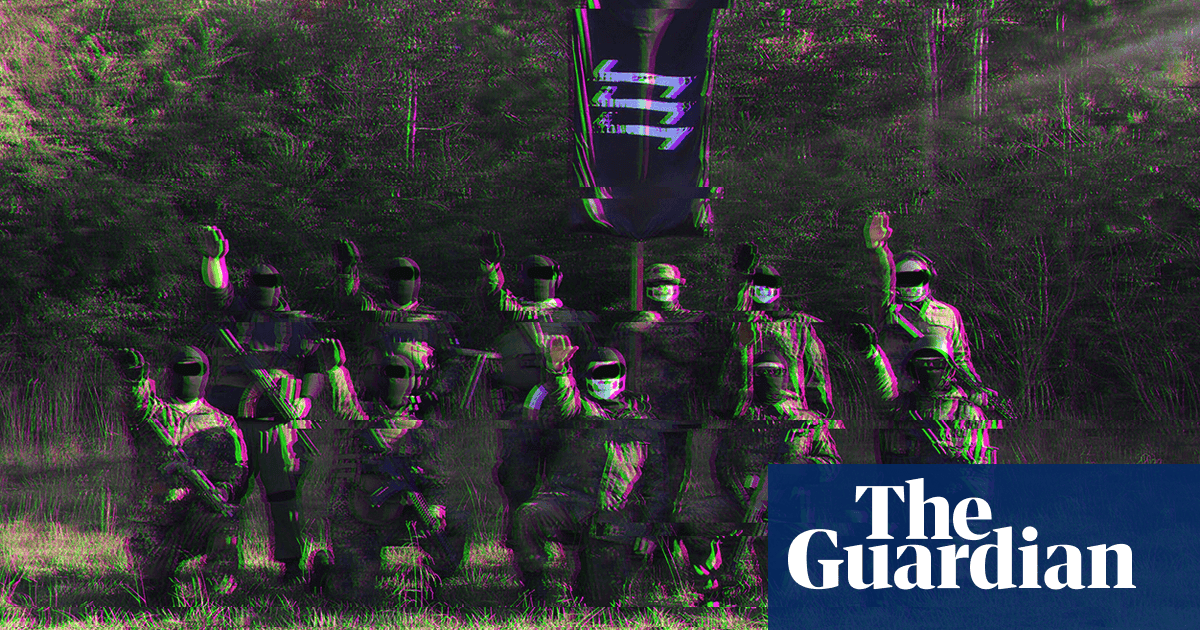Israeli forces have withdrawn from the strategic corridor that divides northern and southern Gaza, as part of a ceasefire plan that has brought a fragile pause to the 16-month war.
On Sunday, Israel Defense Forces (IDF) and Hamas officials confirmed that the Israeli military had withdrawn from the Netzarim corridor, the 4-mile (6km) strip of land that Israel set up within weeks of the war and used as a military zone during the fighting.
When the ceasefire came into effect last month, Israel began allowing Palestinians to cross Netzarim to return to their homes in the devastated north, with hundreds of thousands of people streaming across Gaza on foot and by car.
The Hamas spokesperson Abdel Latif al-Qanoua said the withdrawal showed it had “forced the enemy to submit to our demands” and that it had thwarted the Israeli government’s “illusion of achieving total victory”.
Israeli officials, who spoke on condition of anonymity because they were not authorised to discuss troop movement with the media, did not disclose how many soldiers withdrew or to where.
Israel has said it will not agree to a complete withdrawal from Gaza until Hamas’s military and political capabilities have been eliminated. Hamas, meanwhile, says it will not hand over the last hostages it seized during its attacks on 7 October 2023 until Israel removes all troops from the territory.
Despite the withdrawal – and the release of some of the hostages and prisoners held by both sides – little progress has been made on negotiating the second phase of the deal, which is designed to extend the truce and to secure the release of more Israeli hostages held by Hamas.
Further doubts over what comes next arose on Saturday after it emerged that the Israeli prime minister, Benjamin Netanyahu, had dispatched a delegation including low-level officials to Qatar – which helped negotiate the truce – prompting speculation that the mission might not lead to a breakthrough in extending the ceasefire.
A day later, the Palestinian health ministry said two women in their 20s, one of whom was eight months pregnant, were fatally shot by Israeli gunfire in the northern occupied West Bank.
Under the first 42-day phase of the ceasefire, Hamas is gradually releasing 33 of the Israeli hostages it seized, in exchange for a pause in fighting, the freeing of hundreds of Palestinian prisoners and access to more humanitarian aid into war-battered Gaza.
The second phase anticipates the release of all remaining living hostages in return for a complete Israeli withdrawal from Gaza and a “sustainable calm”.
But more substantial details remain unclear and the ongoing efforts to secure an extension to the ceasefire have been hindered by deep mutual distrust – and, more recently, by Donald Trump’s wildly inflammatory suggestion that the US could take control of the Gaza Strip and clear out its inhabitants.
On Tuesday, the US president said America would “take over” and “own” Gaza, claiming that it could become the “riviera of the Middle East”. He also called for Jordan, Egypt and other Arab states to take in Palestinians.
The suggestion produced shock waves across the Middle East and prompted a warning from the UN secretary general, António Guterres, against “any form of ethnic cleansing”.
Egypt’s foreign minister, Badr Abdelatty, headed to Washington for talks on Sunday, while Trump’s plans have prompted Cairo to host an emergency summit of Arab nations on 27 February.
A statement from the Egyptian foreign ministry said the gathering had been called “after extensive consultations by Egypt at the highest levels with Arab countries in recent days, including Palestine, which requested the summit, to address the latest serious developments regarding the Palestinian cause”.
Netanyahu, however, has welcomed Trump’s proposal, saying Israel was willing to “do the job” after Trump ruled out sending American troops to the territory.
The Israeli prime minister told Fox News on Saturday: “I think that President Trump’s proposal is the first fresh idea in years, and it has the potential to change everything in Gaza.”
Netanyahu sparked further fury when he suggested that a Palestinian state – which he has long opposed – could be “in Saudi Arabia”.
The Saudi foreign ministry stressed its “categorical rejection [of] such statements”, while the Arab League chief, Ahmed Aboul Gheit, said such ideas “are nothing more than mere fantasies or illusions”.
Netanyahu’s far-right political allies want to resume the war after the first phase so that Hamas, which carried out the deadliest attack on Israelis in their history, can be defeated. But the prime minister is also facing pressure from Israelis who are eager to see more hostages return home and want the deal to continue, especially after the gaunt appearances of the three male captives freed on Saturday shocked the nation.
Netanyahu’s far-right finance minister, Bezalel Smotrich, who opposed the ceasefire, has threatened to quit the coalition if the war does not resume – a move that could topple the administration.
The Associated Press and Agence France-Presse contributed to this report

 3 months ago
90
3 months ago
90

















































